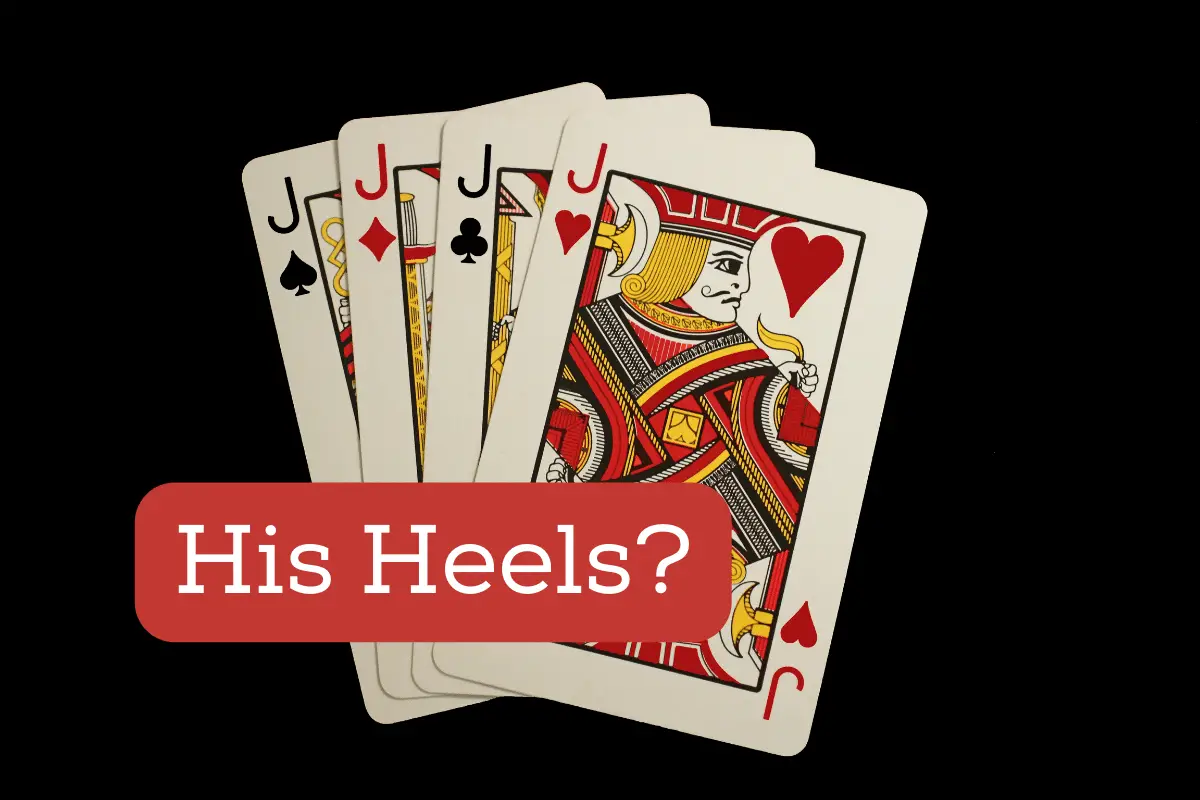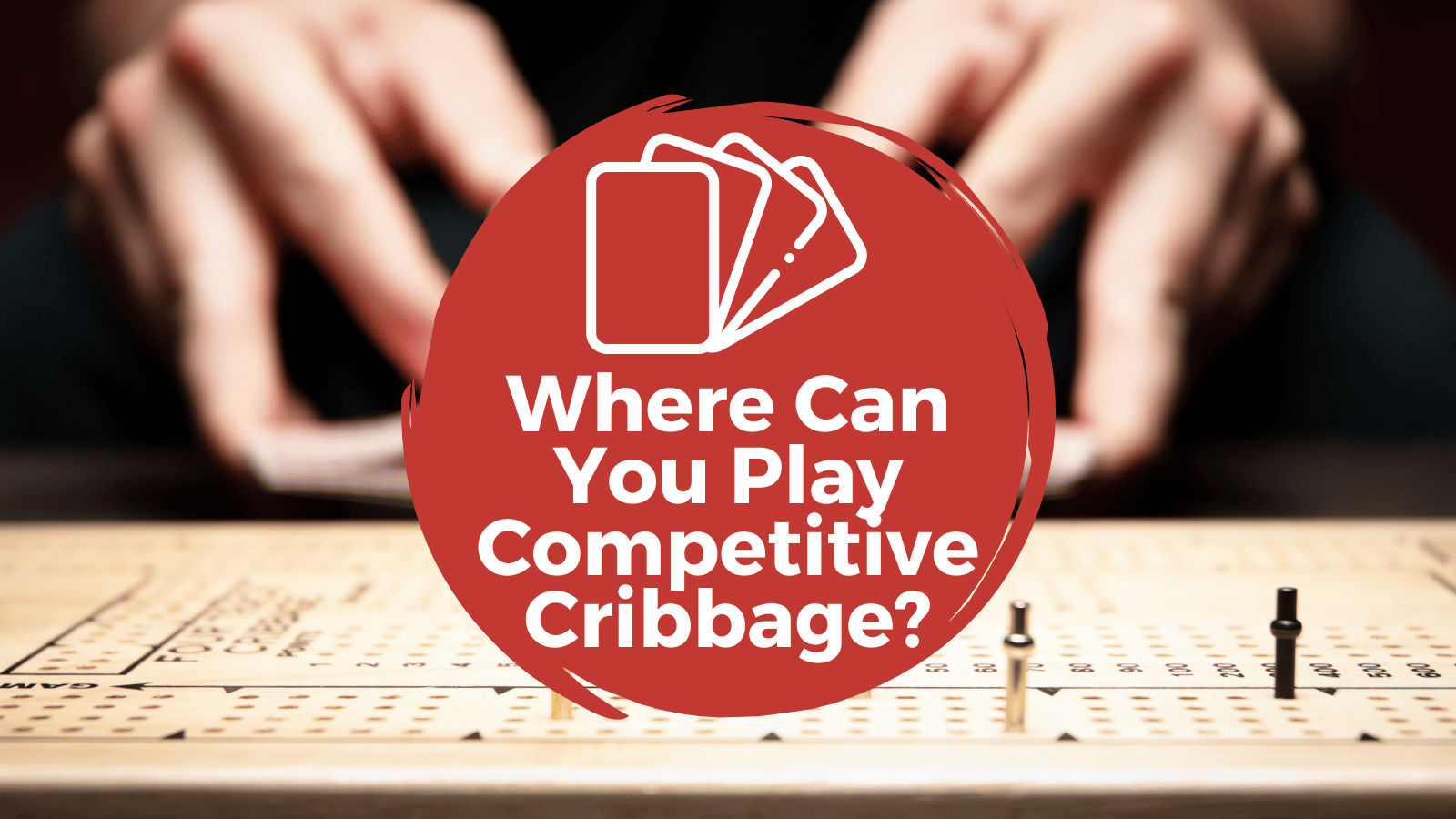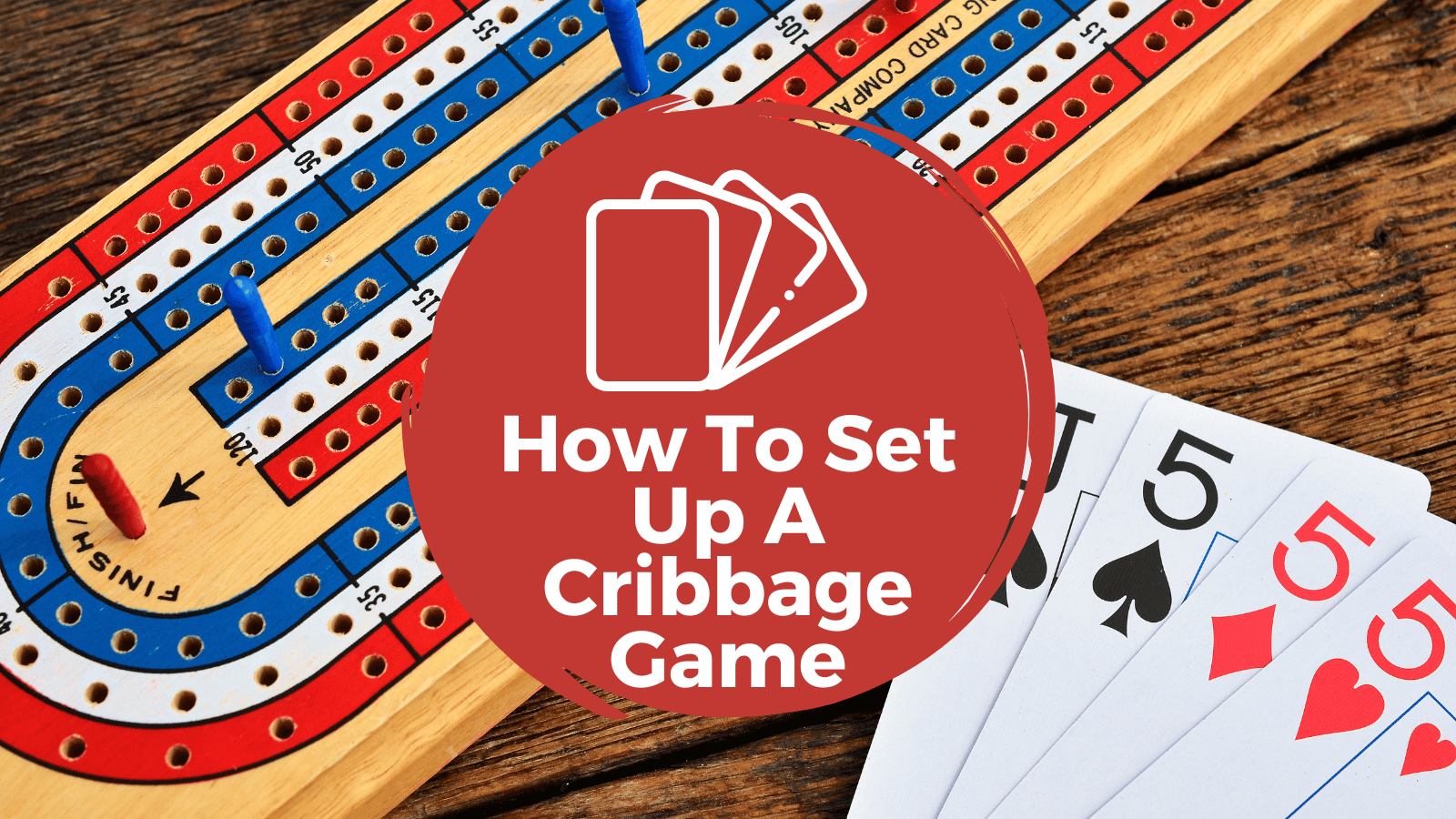When my grandpa first taught me to play cribbage around 6 years old, I never thought I’d take so much pleasure in the game and teaching it to my own kids.
One of the most confusing expressions in this game is the “his heels” rule for point.
So today, I thought I’d tackle the question: what does “his heels” mean in cribbage?
“His heels” is a rule in cribbage involving when the Jack is turned up as the starter card or cut card just prior to the pegging phase of the game. If the pone (or opponent) cuts a Jack, the dealer gets two points right away.
The rule is simple, but the origin is kind of interesting.
Read on to learn more about this rule and answers to confusing questions.

Check out our comprehensive guide on the rules of cribbage and how to play with examples, scoring breakdowns, and vocabulary guide.
Table of Contents
When To Count His Heels In Cribbage
You count his heels when the Jack is turned up.
The phases of a cribbage round go like this:
- Deal – Each player gets 6 cards in two-handed cribbage.
- Discard – Each player discards two of their cards to go into the dealer’s extra hand or crib.
- Cut – The opponent (called a pone) cuts the deck, and the dealer flips over the top card. This is used during the counting phase.
- Pegging (the Play) – Players take turns playing cards off each other to get points. When the count hits 31, it starts over.
- Counting your hands and crib (the Show) – Each player counts their hands for the points they earn. The dealer then counts their crib.
When the pone cuts the deck, if the dealer turns up a Jack, the dealer gets the automatic two points for his heels or nibs.
Odds Of Getting His Heels
There is no way to increase your chance of getting his heels in cribbage.
It’s purely random, but if you know what cards you have (and what your opponent has), it’s possible to figure out the odds of the cut card turning up as a Jack.
You start with 52 cards in a deck, and 12 cards are dealt to the players.
This leaves 40 cards in the deck. From here, we can count how many Jacks are used in the hands to figure out our odds of cutting one.
| Number of Jacks left | Odds | Percentage |
|---|---|---|
| 0 | 0 of 40 | 0% |
| 1 | 1 of 40 | 2.5% |
| 2 | 2 of 40 | 5% |
| 3 | 3 of 40 | 7.5% |
| 4 | 4 of 40 | 10% |
Unfortunately, there’s no way to know what your opponent has (unless they accidentally show you!), so there’s no way to calculate the odds when you only see your hand.
His heels isn’t a strategy; it’s a bonus. Just enjoy it when it comes!
His Nobs Vs. His Heels
Nobs and his heels get confused all the time because they both involve the Jack.
As we said before, his heels (also called nibs) is worth two points to the dealer when a Jack is flipped up during the cut.
Nobs involves the Jack in your hand during the counting phase.
If you have the Jack that matches the suit of the flipped-up card, you get one bonus point.
This can happen in your hand and the crib.
Read more in our detailed article on nibs vs. nobs in cribbage.
Origin Of His Heels In Cribbage
The history of His Heels isn’t quite clear, but there is a strong theory that follows from logic.
First, let’s look at the expression related to his heels.
One for his nob and two for his heels.
In British slang, “nob” means head.
Nibs and his heels are the opposite of a head.
There’s one head (thus the one point for nob) and two heels (thus the two points for his heels).
It also may come from how the Jacks were depicted on cards from long ago.
Modern cards have the jack with heads on both sides. It’s this way with all face cards.
On older cards, they are whole-body pictures of the characters, so it would include the two heels.
Whatever the reason, the expression is great for reminding people of nobs and his heels.






